10 Times John Wayne Played The Chess Piece, Not The King

John Wayne is known for his iconic roles, but what happens when he’s not the one leading the scene? Sometimes, Wayne moved like a bishop or even a well-placed pawn—essential but not always in command. Here are 10 of those films where he’s not the main star.
“Brown Of Harvard” (1926)
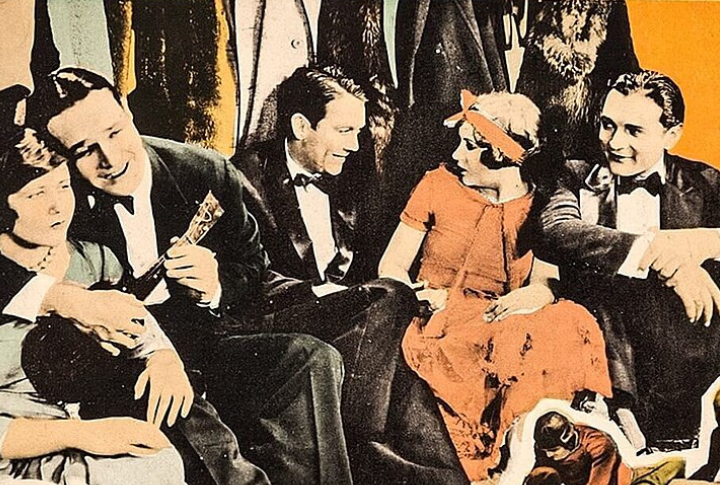
Long before the cowboy swagger and iconic drawl, John Wayne lingered at the edges of cinema history as an unknown face with no lines and no billing. In 1926’s “Brown of Harvard”, he played a background footballer and absorbed the rhythm of filmmaking in silence.
“The Longest Day” (1962)

Staged with sweeping ambition, “The Longest Day” brought together over 40 headline actors to reenact the invasion of Normandy. Cast as Lt. Col. Vandervoort, Wayne was part of this ensemble, contributing grit and gravity without overshadowing the international mix of stories surrounding him.
“Reunion In France” (1942)

Tension builds quickly inside occupied Paris as Joan Crawford takes center stage in this wartime thriller. A mysterious pilot, played by Wayne, appears midway through the plot, speaking little but shifting the emotional current. The resistance gains weight when romance and sacrifice begin to quietly overlap.
“Central Airport” (1933)

In the aviation melodrama “Central Airport“, John Wayne had a small, uncredited role as a faceless co-pilot. He doesn’t speak, and his presence is understated, but his time on screen serves as a quiet backdrop. It’s a glimpse into his early years, learning the craft before his name was everywhere.
“The Three Mesquiteers Series”

Between the years 1938 and 1939, eight Western adventures spotlighted a trio of cowboys who shared duties and danger in equal measure. Stony Brooke (Wayne’s character), beside Tucson Smith and Lullaby Joslin, knew that unity mattered more than bravado and no hero stood alone.
“The Cowboys (1972)”
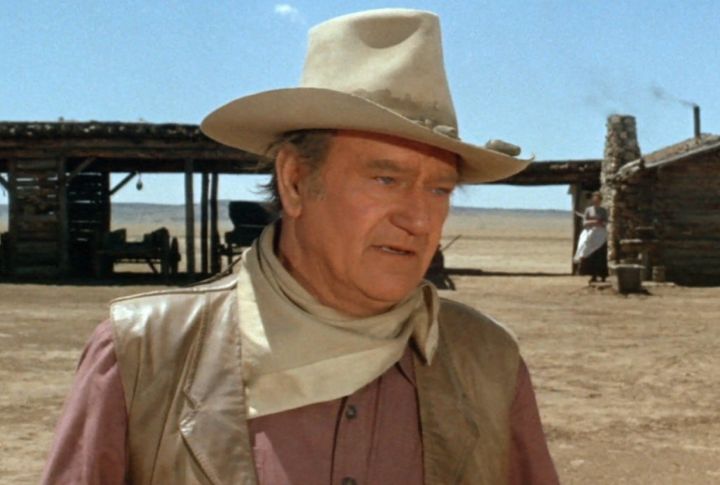
A shocking twist defined this one—Wayne’s character dies before the final act. His absence reshaped the film, allowing the boys he trained to finish the journey. Rarely does an American Western sideline its alpha. But here, the torch passed mid-story, and it worked beautifully.
“Red River” (1948)
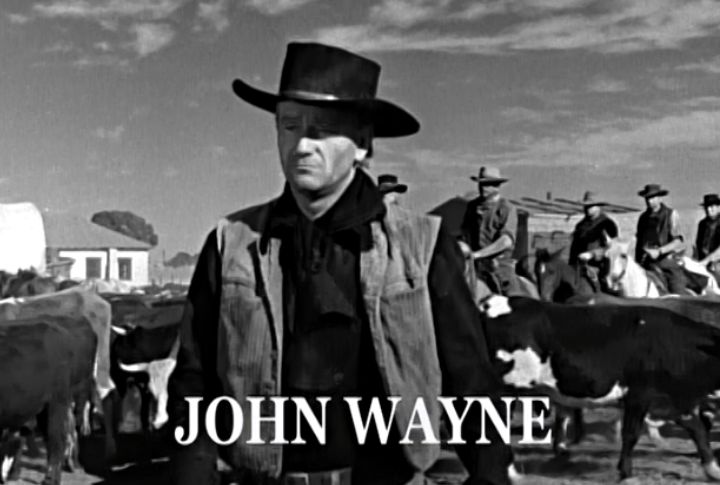
The American Film Institute ranked “Red River” among its top Westerns, but it’s Clift’s character, Matthew, who anchors the emotional arc. Wayne’s performance, forceful and flawed, intentionally loses moral ground. This duality gave the genre depth. One hero rises, but another one breaks.
“Three Girls Lost” (1931)
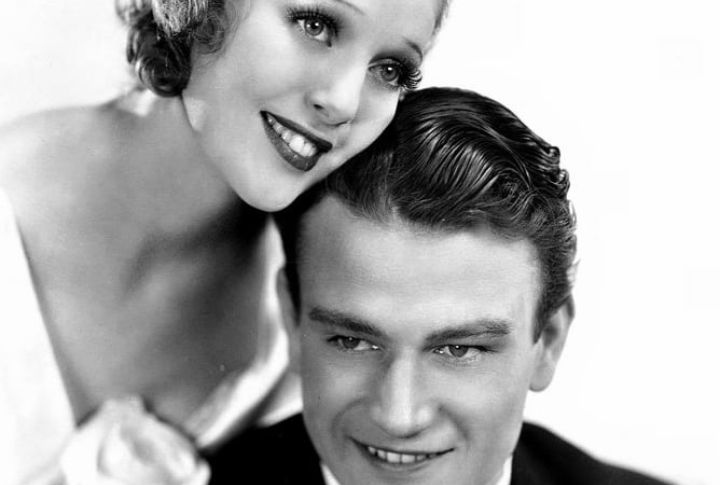
Produced during the pre-code era, this romantic drama centered on Loretta Young. Wayne played a young architect, charming but not plot-driving. It wasn’t the vehicle for a breakout, but critics later noted his confidence despite inexperience. He had a quiet presence with measured confidence, even when the spotlight remained elsewhere.
“The Life Of Jimmy Dolan” (1933)
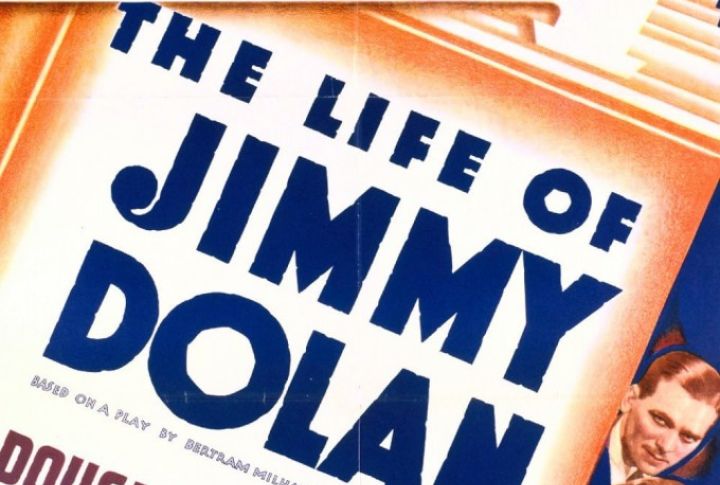
Redemption drives The Life of Jimmy Dolan (1933), as a boxer hides in a camp full of misfits and fighters. One of them—briefly seen—is Smith, portrayed by John Wayne. His quiet fear and fleeting presence mirror the desperation that pulses through the film’s melancholic backdrop.
“Texas Cyclone” (1932)
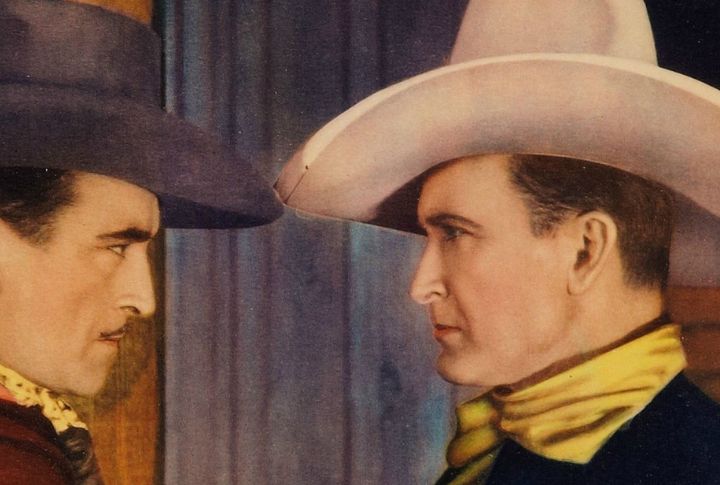
Tim McCoy took the lead here, portraying a lawman mistaken for another man. Wayne, as Steve Pickett, rode alongside but never led. The film embraced classic Western themes (identity, justice, rugged camaraderie, etc.), delivering swift action and frontier tension in true B-Western fashion.






